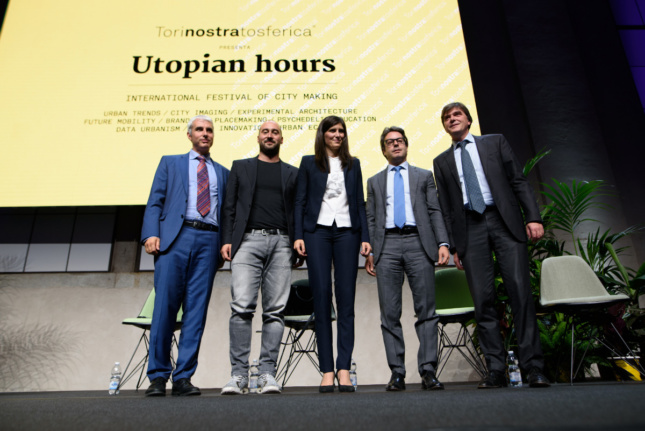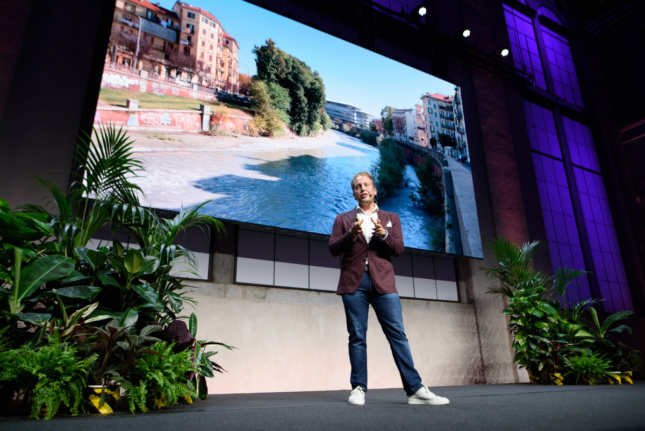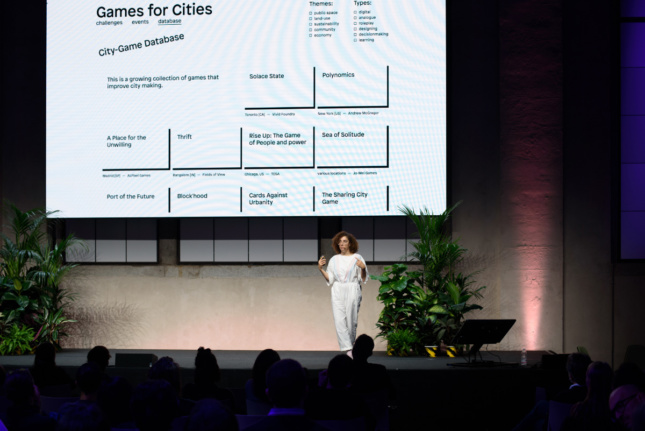From October 18 through 20, students, architects, planners, politicians, and hordes of normal citizens all descended on Turin, Italy, to engage in talks, panels, workshops, and exhibitions at the third annual Utopian Hours festival.
The name is a clever play on words; pulling the “nostra” from the middle of Torino Stratosferica, the nonprofit cultural body behind the event, results in “ours,” making the actual name of the festival more about imagining a utopian future for ourselves during that time.
This year’s festival was held on the multipurpose campus of the Lavazza Coffee headquarters, offering ample space for the quickly growing event. Even before one entered La Centrale, a towering power-plant-turned-events-space, visitors were met with freestanding didactics featuring snippets of the ideas to expect within. Once inside, a sprawling exhibition floor presented visions of possible future Turins from local studios, as well as a series of low-cost placemaking interventions intended to be dropped in neighborhoods around the city. Upstairs, the festival’s organizers had set up a retrospective for the 100th birthday of Paolo Soleri, curated by Emanuele Piccardo, that tracked the Turin-born architect’s career and evolution in his thinking.
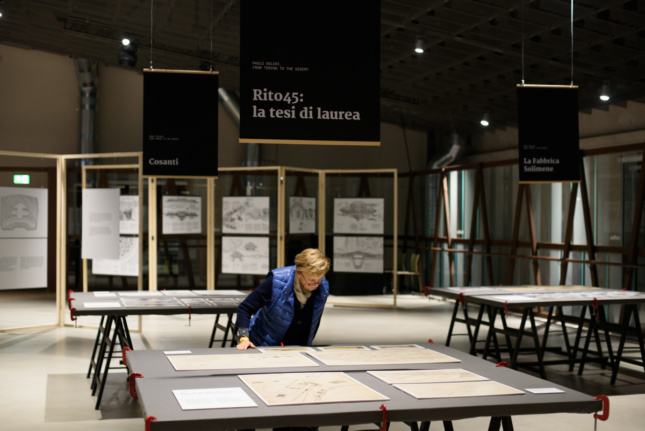
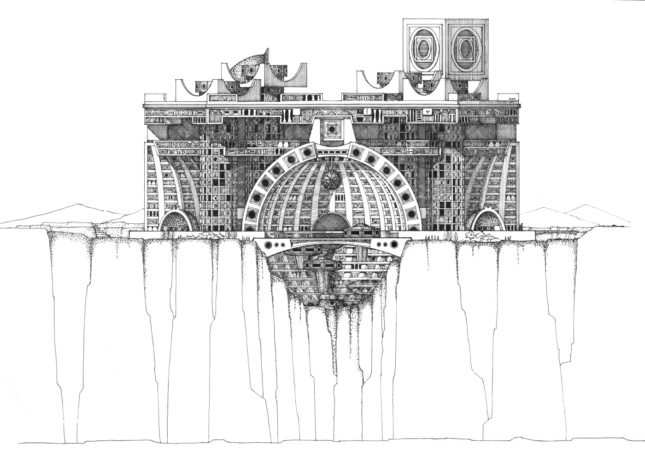
Of course, civic engagement and the exchange of ideas were a central goal, and each of the festival’s three days began with activities to get participants involved. On Friday, that meant kicking off the event with a “Circular Economy Workshop” intended to make visitors brainstorm ideas for creating a more “circular,” sustainable Turin. On Saturday, Play the City started the day with an interactive workshop on using play and games to reimagine urban areas (the group would return with a presentation on their work in Amsterdam on Sunday), followed by a workshop on designing for the Turin of 2030, with the youth and elderly of the future in mind. Sunday changed things up with the chance to grab a more intimate breakfast with Jan Rudkiewicz of Werklig, the studio behind Helsinki’s rebranding; participants were encouraged to ask him about the intersection of culture within a city and institutional projects.
The line-up was top-notch, as speakers from all over the world offered lectures and panels in both Italian and English. That included two mayors: Chiara Appendino, the mayor of Turin, who spoke at the “How is the Turin of our desires?” panel, and the current architect-turned-mayor of Bratislava, Slovakia, Matúš Vallo, who sat in conversation with Feargus O’Sullivan of CityLab for “How To Become The Mayor.” The shift in perspective throughout the festival, from discussions of institutional, top-down approaches to city-making, to how activists can make local, small-scale changes and advance their causes with grassroots support, provided comprehensive examples of how urban activists made people power work for them.
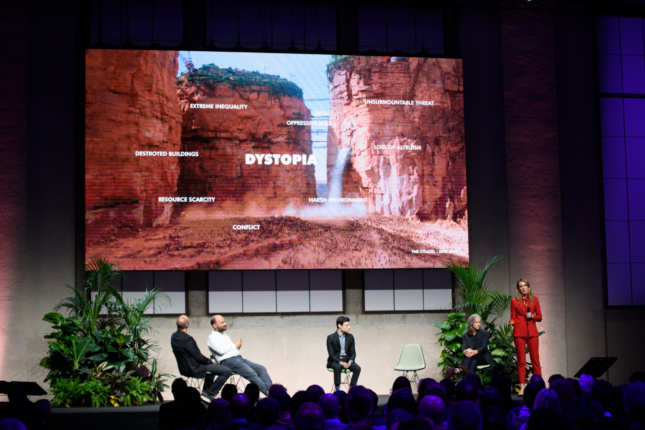
Other discussions of note included a lecture from architectural photographer Iwan Baan on how to change one’s perception of the city, and how he approaches his work. Patrik Gustavsson of the Amager Bakke Foundation discussed the path to funding and ultimately realizing the skiable Copenhill in Copenhagen. AN web editor Jonathan Hilburg sat in conversation with Laurie Hawkinson of Smith-Miller + Hawkinson and Emily Bauer of Bau Land on how to “Make New York Livable Again,” no small task. With a mandate that big, the panel leaned heavily towards the topic of climate resiliency and flood mitigation; literally keeping the city livable. While New York is an international city and the myriad problems it faces are present in every large city, the task of informing a European city about the particulars of our own issues proved refreshing, if not daunting. One of the couldn’t-miss talks followed shortly after, as Alfredo Brillembourg of Urban-Think Tank (U-TT) delivered a fiery rebuke to the “one-size-fits-all” approach taken by many architects and urban thinkers today. Brillembourg ran down a list of the hyper-site-specific interventions U-TT had taken around the world in the last 20 years, including a cable car system through the slums of Caracas, Venezuela, and resident-led housing densification in the poorest parts of South Africa.
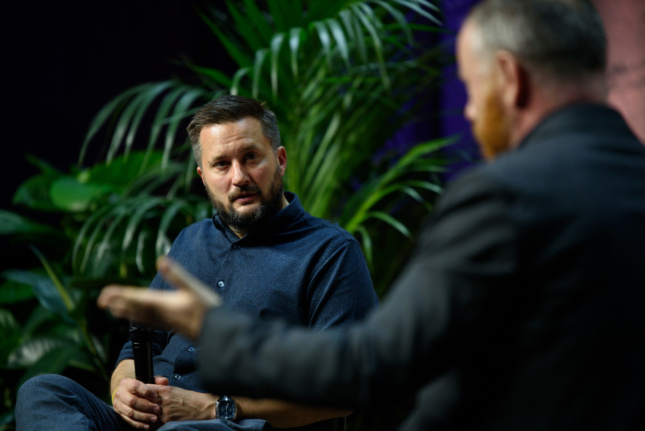
Complementing the Soleri exhibition upstairs was what might be considered the centerpiece talk of Utopian Hours, “Paolo Soleri. From Turin to the desert,” a deep dive into the late architect’s utopian vision and thought process.
Perhaps the most interesting additions to the festival, and the ones that elevate it above similar conferences, are the urban explorers. Three speakers who had never been to Turin before were invited to the city four days before the rest of the guests had arrived and given the chance to walk the city. Then, over separate days, they relayed what they had learned to festivalgoers and offered suggestions on what the city could do better. All three speakers were accompanied by flashy videos Torino Stratosferica had produced, tracking each urban explorer as they meandered around the city. Why were the urban explorers so important? Their inclusion lent the festival an “on-the-ground” feel, one of lived-in experience. It’s easy to research a place, but much more difficult to actually tackle it firsthand.
Utopian Hours managed to draw an enormous crowd of engaged, thoughtful attendees who weren’t afraid to offer up questions or their own take on the material. The suggested €5 ($5.50) admission fee probably helped lure in curious passersby, and that’s certainly a good thing. Let’s hope the Utopian Hours festival make a fourth appearance.
AN is an official media partner of Utopian Hours.








